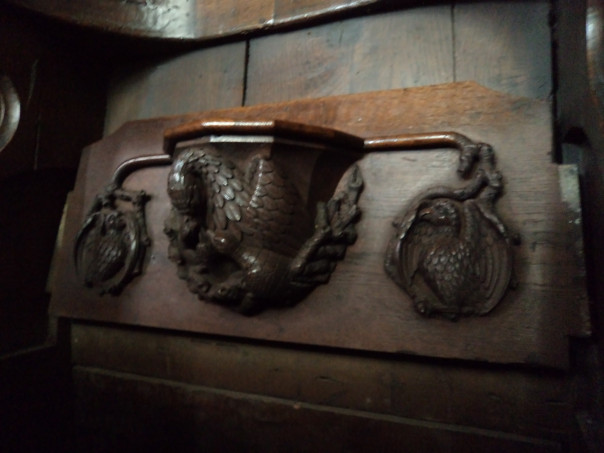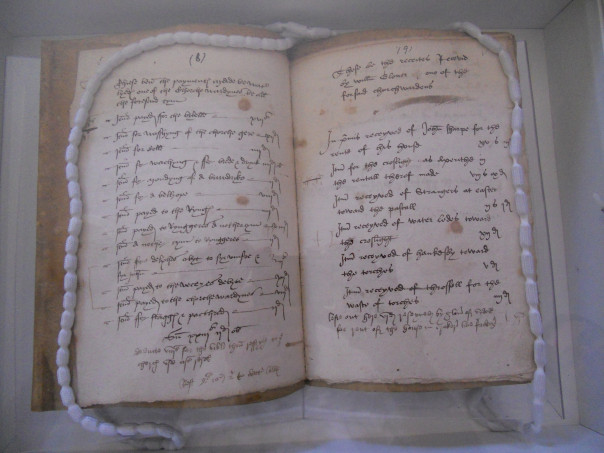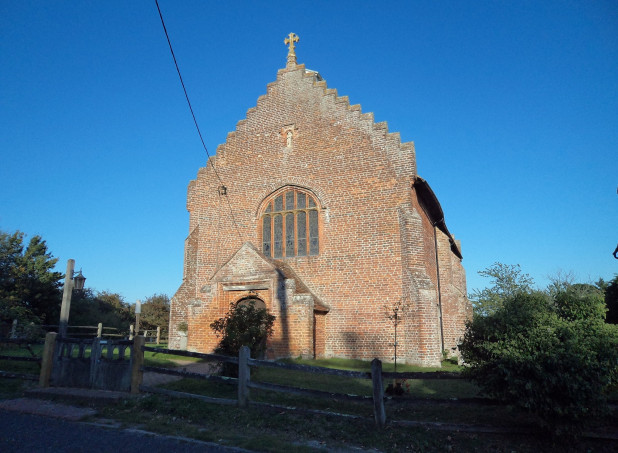As promised, I’m bringing news of ongoing projects involving Centre staff and without putting any pressure on Dr Diane Heath, I believe her HLF application for her ‘Medieval Animals Heritage’ project will be submitted this week. This is brilliant news because this project on dragons, mermaids, lions and pelicans (and other animals) has the potential to bring wellbeing and spiritual uplift to east Kent, much as these animals did around 800 to 900 years ago.

Among the activities Diane has planned are sand-sculpting mermaids on Thanet’s coastal beaches, bringing the Rochester Bestiary back down to celebrate its 800th birthday in its home city, Beastly Latin translation groups with Latin goody bags to get started, and mini eco-friendly walking and biking safaris to local medieval churches to find ‘Medieval Animals Heritage’ in stained glass, misericords and stone carvings. She is similarly planning wonderful fun days out for families with SEND children to Quex, Wildwood, Dover Museum, and Kent’s cathedrals, including putting a 3D virtual Medieval Bestiary together and hopefully building a SEND family eco-heritage outdoor safe space. Diane’s idea is to provide all manner of sustainable, environmentally sensitive, resilient and compassionate ways of rebuilding hope into east Kent communities knocked back by the pandemic. Thus, it is a fantastic project and everyone at the Centre and beyond wishes her every success in the application process.

Although on a very different scale, the Centre is working with a second-year student on the Applied Humanities module, which is convened by Dr Claire Bartram (Co-Director of the Centre), regarding a project to create designs for six or seven pop-up banners exploring aspects of church and parish for St Dunstan’s church just outside Canterbury. This is in response to a call from St Dunstan’s which would like something similar to that designed by Beth Brown, a Taught MA MEMS postgraduate, for St Mildred’s church and parish: https://blogs.canterbury.ac.uk/kenthistory/celebrating-st-mildred-and-other-canterbury-and-kent-saints/ . As for Beth’s banners, another Beth, this time Beth Woljung, is concentrating on the late medieval church and parishioners up to and including the Reformation. In terms of the research, the challenges are different this time because as well as a good selection of wills, St Dunstan’s has surviving churchwardens’ accounts that include an inventory of the parish church goods from 1500. Furthermore, St Dunstan’s church has an excellent guidebook and, having an international pilgrimage focus – St/Sir Thomas More, a substantial amount has been written and published about the Roper Chantry where More’s head is interred.

Thus, this time Beth needs to weave her way through the many primary and secondary sources to find new and interesting topics that are less familiar to her potential audiences. Without giving anything away, I think she is making good progress and by next week I hope she will have one or two draft written pieces for as well as some different saints from the usual, the church had a different fraternity, two chantries with unusual features and a major donor for its new 1520s rood screen. As always, the trick is to make the material accessible, interesting and sufficiently detailed to offer something inclusive and engaging. We will also need to think about what images will work well, in addition to thinking about matters such as colour schemes, fonts and other design features. All of this is offering Beth valuable skills that will be useful for a wide range of careers, as well as giving her employment-type experiences to add to her CV.

Moving to the other student project overseen by the Centre, Michael Byrne, a Taught MA MEMS postgraduate, is undertaking his placement module on Thomas Becket the ‘Super Hero’ to produce a pack for Year 7 pupils and another for their teachers. This will be linked to the Medieval Pagaent and Becket, Dr Claire Bartram having taken over as the Centre’s representative on the organising committee after Professor Louise Wilkinson left CCCU for Lincoln. Going under the working title of ‘Animated Becket’, the idea is to offer a series of lesson plans, teaching materials, work tasks and all the necessary information so that these school students can design story boards about pilgrims and miracles by the ‘Super Hero’ as seen in the stained glass window(s) of the Trinity Chapel. Like Beth, Michael is in many ways spoilt for choice, hence the idea currently is to concentrate on one of the north ambulatory windows that has miracle narratives about pilgrims from Kent. We feel this regional context is valuable because apart from anything else it places Becket in his diocese/province and highlights the relationship between Becket and ‘his’ county, as exemplified by the crowds who were said to have greeted him in Sandwich on his return from exile.
Michael, too, is making good progress and Diane and I are awaiting a first draft of parts of the two packs. Diane’s experience as a teacher and producer of a similar type of resource on ‘Amazing Animals’ will be invaluable here. Furthermore, at a later stage in the project we are hoping to work with others in the Faculty, as well as possibly those outside the university. Like Beth’s project, this too offers transferrable skills, especially regarding education and heritage, albeit such research and creative design skills would be valuable in a wide range of careers.

Another string to the Centre’s bow is working as part of community projects led by other heritage organisations. One such is the Lossenham project, led by Canterbury Archaeological Trust, under Dr Andrew Richardson, and the part involving the Centre is the wills group within the broader history group. Not, of course, that volunteers are limited to one strand of the project, and most of the wills group also want to get involved in the archaeology once permitted. In the meantime, the eight members of the group are busy on an expanding batch of PCC wills. Nevertheless, more volunteers welcome and we will be looking out for people at the next Lossenham project workshop on Tuesday 27 April at 7pm. If this sounds interesting, please get in touch with Annie Partridge at Annie.Partridge@canterburytrust.co.uk because she is co-ordinating the volunteers, editing the project’s newsletter and managing the Zoom link.
To return to the group’s current activities, we had a very positive and constructive meeting on Monday this week, for once everyone had introduced themselves, the experienced documentary researchers, including Jane Richardson of the Kent History Postgraduates group, showed everyone how they had constructed the prototype spreadsheet to capture information from the wills. As anyone who has worked on such sources will know, this is easier said than done and there was a very productive discussion involving everyone on what had been presented, including a couple of suggested additions. It was agreed that this pilot study should be expanded to get a better idea whether the spreadsheet should be modified and if so by how much, because one of the major problems currently is that the project has the potential to go in various directions, and the group want to provide enough information to be useful for a range of (future) researchers. To achieve this goal, the experienced researchers teamed up with the inexperienced in four pairs with the intention of each pair trying out the spreadsheet for their chosen parish (s). The reason this may be more than one parish is that because we only have access to PCC wills at the moment, for some parishes that means very few records. Consequently, we are going to meet up again in about a month’s time and consider collectively the next step. Thus, I’ll keep you informed as things progress, as well as bringing a report after the wills workshop, although as that is the day before the 3-day online Thomas Becket: Life, Death and Legacy conference, I’m not promising anything! And here for the Becket conference, this is the link for details: https://becket2020.com/
Finally, I want to mention another collaboration, this time with Kent Archaeological Society for this Saturday will be the inaugural Local History Societies Forum. We will be online and I hope this meeting will provide a fruitful exchange of ideas about how KAS and CKHH can work together with local history societies to enhance knowledge of the county’s history, as well as offering ways for people to enjoy getting involved in all sorts of ways. And next week I’ll also bring you a report on Lisa Duffy’s presentation to the Kent History Postgraduates group, which will be exciting as she is nearing completion of her doctorate.
 Centre for Kent History and Heritage
Centre for Kent History and Heritage Sheila Sweetinburgh
Sheila Sweetinburgh 1288
1288

